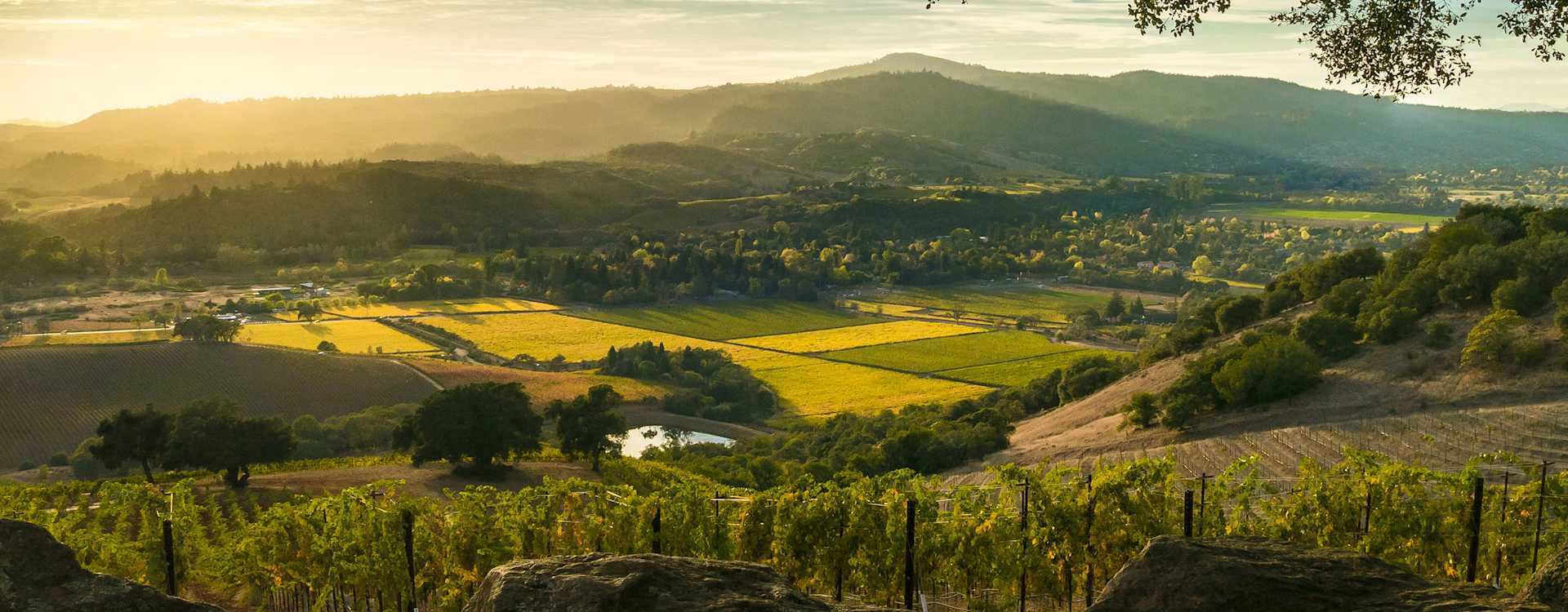Virginia Dare Winery The Lost Colony 2013



Product Details
Your Rating
Somm Note
Winemaker Notes
Rich and full bodied with bold impressions of smoke and spices, The Lost Colony offers lush flavors of red and black berries, cherries, currants, and pomegranate along with fragrant notes of cloves and pepper, plus warm nuances of tobacco leaves, lavender, earthy minerals and toasted oak.
Blend: 47% Syrah, 42% Malbec, 10% Cabernet Franc, 1% Viognier

Virginia Dare was the first English child born in the New World to colonists in 1587. Virginia's fate became a mystery after her colony, now referred to as the Lost Colony, vanished from Roanoke Island in the late 1500s. Legend has it that she lived among the Native Americans and grew into a beautiful young woman trapped in the middle of a tragic love triangle when she was turned into a White Doe and ultimately killed. On the very spot where she bled and died, a grapevine sprouted with its fruit stained red. According to the legend, this is how the white wine of America became red wine. The grapevine is widely believed to be the 400-year old Mother Vine, reportedly the oldest cultivated grapevine in North America which still exists today -- a clipping of which will soon be planted in Virginia Dare Winery’s estate vineyard.
The story of the Virginia Dare Winery began with North Carolina's first commercial winery, Medoc Vineyard, which opened in 1835. Two businessmen, known as the Garrett brothers, purchased the property in 1865 calling it Garrett & Company. They began producing the Virginia Dare label which quickly became one of the nation's top selling wines. With the start of Prohibition in 1919, Garrett & Company was forced to move, first to Brooklyn, New York, and then to Cucamonga, California, where the business transformed into the Virginia Dare Winery. It was one of the first wineries to sell wine after the repeal of Prohibition in 1933 and was considered a booming business for much of the late 40s and 50s, but eventually saw turmoil and nearly faded into history.

With hundreds of red grape varieties to choose from, winemakers have the freedom to create a virtually endless assortment of blended red wines. In many European regions, strict laws are in place determining the set of varieties that may be used, but in the New World, experimentation is permitted and encouraged resulting in a wide variety of red wine styles. Blending can be utilized to enhance balance or create complexity, lending different layers of flavors and aromas. For example, a red wine blend variety that creates a fruity and full-bodied wine would do well combined with one that is naturally high in acidity and tannins. Sometimes small amounts of a particular variety are added to boost color or aromatics. Blending can take place before or after fermentation, with the latter, more popular option giving more control to the winemaker over the final qualities of the wine.
How to Serve Red Wine
A common piece of advice is to serve red wine at “room temperature,” but this suggestion is imprecise. After all, room temperature in January is likely to be quite different than in August, even considering the possible effect of central heating and air conditioning systems. The proper temperature to aim for is 55° F to 60° F for lighter-bodied reds and 60° F to 65° F for fuller-bodied wines.
How Long Does Red Wine Last?
Once opened and re-corked, a bottle stored in a cool, dark environment (like your fridge) will stay fresh and nicely drinkable for a day or two. There are products available that can extend that period by a couple of days. As for unopened bottles, optimal storage means keeping them on their sides in a moderately humid environment at about 57° F. Red wines stored in this manner will stay good – and possibly improve – for anywhere from one year to multiple decades. Assessing how long to hold on to a bottle is a complicated science. If you are planning long-term storage of your reds, seek the advice of a wine professional.

Home to a diverse array of smaller AVAs with varied microclimates and soil types, Sonoma County has something for every wine lover. Physically twice as large as Napa Valley, the region only produces about half the amount of wine but boasts both tremendous quality and variety. With its laid-back atmosphere and down-to-earth attitude, the wineries of Sonoma are appreciated by wine tourists for their friendliness and approachability. The entire county intends to become a 100% sustainable winegrowing region by 2019.
Sonoma County wines are produced with carefully selected grape varieties to reflect the best attributes of their sites—Dry Creek Valley’s consistent sunshine is ideal for Zinfandel, while the warm Alexander Valley is responsible for rich, voluptuous red wines like Cabernet Sauvignon. Chardonnay and Pinot Noir are important throughout the county, most notably in the cooler AVAs of Russian River, Sonoma Coast and Carneros. Sauvignon Blanc, Merlot and Syrah have also found a firm footing here.